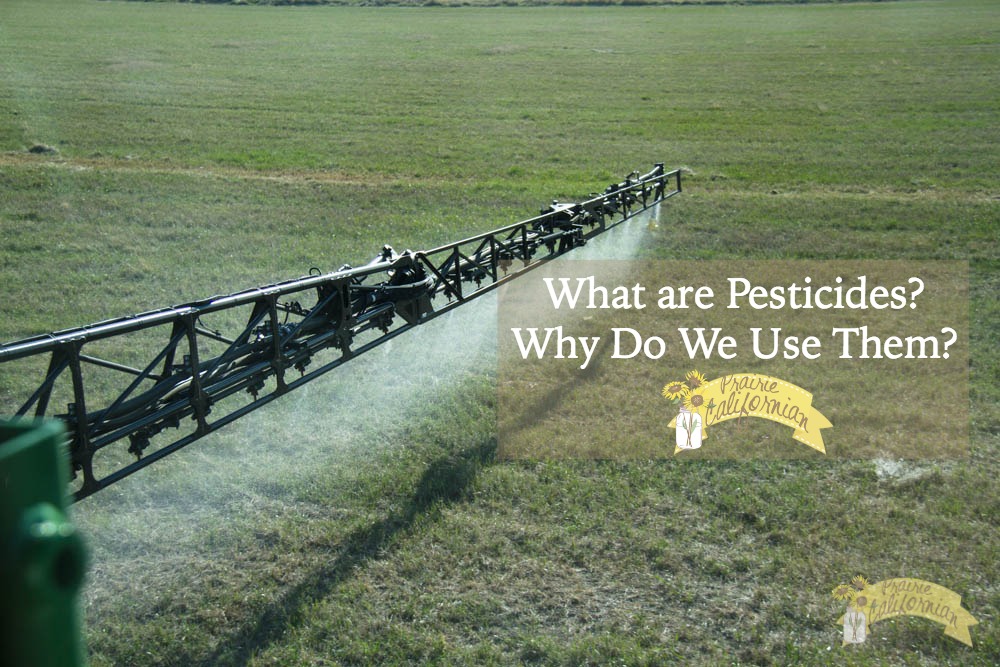
Often times when people talk about using chemicals on the farm, they use the word “pesticides”. To people outside of Agriculture, pesticides tends to be the lump all category for any and all chemical compound we spray on our crops. And honestly, that is far from the truth. We don’t have a jug labeled “pesticides” that goes on anything and everything. In agriculture, we call any sort of chemical we use on the farm, crop protection products.
The truth about the crop protection products we use on the farm is that we use specific chemicals labeled for very specific uses and at very specific amounts. I’ve written before that as farmers we have a choice in what seed to select. We also have a choice when it comes to what we put on our crops. It varies depending on crop, soil, crop rotation, current condition of the crop, pests, and moisture. The choices we make for what to spray is careful, calculated, and measured out. It is not something we do haphazardly or thoughtlessly like many other websites will suggest.
In the Agriculture world, we typically categorize crop protection products under many different types. I want to share with you those different types, why we use them, and how they affect the crops on our farm. In order to understand how and why we use certain chemicals, it is important to understand the science behind how and why they work. Think of it like this, if you were looking to clean your floor, you wouldn’t use the soap formulated to clean your dishes. You would use whatever is specific to that particular task.
I have done my best to break this down in the simplest terms I can. I understand this is a hot topic and I ask that if you choose to comment, please be respectful.
Herbicides
Much like your home or garden, controlling weeds is important to ensure your crop grows. Since the 1940’s, a new breed of herbicide was born that allowed for relatively low rate of chemical applied, using low volumes of water, and are selective meaning that we can kill the weed without harming the crop plant.
Herbicides work in several different ways by affecting their target weeds: destroying cell and tissue, preventing cells from dividing so the plant cannot grow, promoting uncontrolled growth that kills the plant, or by disrupting vital enzyme systems within the plant.
We call these different methods modes of action and it is through these modes of action herbicides are categorized. For example, glyphosate (Roundup) is a mode of action that inhibits an enzyme, which is vital for plants to make particular amino acids. Without these amino acids, the plant dies. Animals do not require this which means glyphosate has relatively low toxicity to mammals, insects, and fish.
Herbicides are also categorized by what we call a mode of uptake. Not all herbicides reach the plant in the same method. Some herbicides act on the plant when they first touch it, some herbicides are absorbed from the soil by the roots, and some herbicides enter the plant by absorption through the leaves.
Insecticides
Insecticides are chemicals used to control insects by killing them or preventing them from engaging in behaviors that are destructive to crops, like eating them. Many insecticides act upon the nervous system of the insect by inhibiting or blocking enzymes.
Much like herbicides there are varying modes of entry to insecticides to work. Residual insecticides remain active in amounts sufficient to kill pests for a specific amount of time. These residual insecticides act by keeping a toxic residue on a surface that the insect will come in contact with.
Contact insecticides control the pest on contact and are applied directly to the insect, which is killed after it comes in contact with the insecticide. Very little toxic residue remains on a surface after spraying a contact insecticide. Think about when you fog for mosquitos or flies.
Systemic insecticides enter the insect’s host plant and translocate throughout the host plant. When an insect feeds on the host, it ingests enough insecticide to be lethal. And finally stomach poisons are insecticides eaten by an insect so that the poison enters the stomach and is then absorbed into the body.
Insecticides are also classified by their chemical basis. These are big, scientific words but here are several of the classifications: organophosphates, carbamates, miticides, pyrethoids, and neonicotinoids. If you are interested in reading more about these classifications, here is a great write-up.
Fungicides
Disease is a major source of crop and plant damage that can be caused my fungus. Fungicides are used to control fungal disease by specifically inhibiting or killing the fungus causing the disease. In contract with human medicines, most fungicides need to be applied before the disease occurs or at the first appearance of symptoms to be effective. And also unlike humans, the damage caused by diseases on plants often does not go away, even after the pathogen is killed. Fungicide can only protect new uninfected growth from disease, so you can see why fungicides play an important role in crop protection.
Like insecticides and herbicides, there are different classifications of fungicides. Contact fungicides remain on the surface of plants while Systemic fungicides are absorbed into the plant. There are also different modes of action. Fungicides kill fungi by damaging their cell membranes, inactivating critical enzymes, or by interfering with key processes such as energy production or respiration.
Pesticide Summary
Knowledge of exactly how an herbicide, insecticide, and fungicide is affects its’ target is helpful and critical for selecting products. Products are not just selected at random, but as I said before, are carefully chosen with many factors taken into consideration. Often times, farmers will consult a professional called an agronomist to make pesticide recommendations. Knowing the mode of action determines how the pesticide will affect the target. Sometimes different modes of action are needed in successful and effective crop protection. One of the reasons we rotate our crops is so that our soil isn’t getting the same modes of action year after year.
Other Chemicals We Use
There are some other chemicals that can be used on the farm. These things vary from additives such as adjuvents to seed treatments.
Adjuvants, Surfactants, & Water Conditioners
In the 1950s and 1960s, pesticides were not formulated to use water as their carrier, but the pesticides of today are indeed formulated to use water. In turn, surfactants, water conditioners, and adjuvants were created. To understand why these things are used, we must understand how water works. Let’s go back to Chemistry 101.
Each water molecule is bipolar, meaning it has a negative and positive charge. Much like a magnet, if you put several water molecules together, the positive and negative forces attract each other. The molecules on the surface of a water droplet are held together with more force than the interior water molecules. This in turn creates surface tension, which prevents things from going into the solution and getting wet.
Adjuvants, Surfactants, & Water Conditioners help break water surface tension and allow the pesticide to be more evenly dispersed on a surface and reach its’ target. The lower the surface tension in the tank, the better the coverage, and the more chemical there is actually reaching the crop.
These things aren’t something just found in Agriculture. Surfactant and adjuvant compounds can be found in your shampoo, dish soap, and other household cleaning products. So why don’t we just use that in our tank mixes? Well household surfactants are not labeled or formulated for use on plants and many times soaps can leave a residue on foliage, react with soil, or react with the other chemicals we are using.
Seed Treatments
Seed borne and early season diseases and insects pose devastating consequences to crop production and yield if not managed. The seed borne phase of the plant’s life cycle is often when the plant is the weakest. Using seed treatments to protect the seedlings is effective to ensuring the seeds make it to their next stage of life.
Seed treatments have been used since Egyptian and Roman times and continue to play an important part in the establishment of healthy crops from seed. Seed treatments are applied to the surface of the seed prior to planting and helps control and repel pathogens, insects, and other pests that threaten seed health.
Seed treatment can include bactericides, fungicides, and insecticides. Most seed treatments are applied to true seeds, such as corn, wheat, or soybean, which have a seed coat surrounding an embryo.
Inoculants
Soil biology is an important part of keeping our agricultural systems healthy, productive, and sustainable. Healthy soil = healthy crops. Living soil is complex though, it includes all sorts of creatures such as bacteria, fungi, nematodes (worms), and protozoa. A healthy soil can contain billions of these things in just ONE teaspoon! This community of organisms is bound together in a food web that affects the soil’s chemical and physical properties.
Farmers care about these properties because they also affect plant growth and health. In Agriculture, since we have figured out that soil biology plays an important role in crop production, soil inoculants have emerged on the market. There are different modes of action. One mode of action is a biofertilizer, which contains live organisms that can be added to the seed, plant, or soil. These live organisms inhabit the area around the roots and promote plant growth by increasing the supply or availability of nutrients or by stimulating root growth.
We use what’s called a legume inoculant for crops like soybeans, peas, and other legumes which helps promote bacteria (rhizobia) in the roots of the legume so that it can produce it’s own nitrogen. This helps the legume grow and compete with other plants. This type of inoculant is one of the most common and well known.
Soil type, soil moisture and temperature conditions, as well as the number of pathogens present in the soil around the plant will also affect how successful the inoculants might be. Since inoculants contain living organisms, how the inoculants were prepared and applied can affect the outcome. Inoculants can be applied by coating seeds or seedlings, or applying them directly to the soil.
Conclusion & Discussion
I want to end this by re-iterating, I know this is a hot button topic. It isn’t something that is easy to talk about. Pesticides are COMPLEX, they involved SCIENCE and some pretty hardcore science at that. But having these conversations is important. I understand not everyone agrees with using pesticides on their farm, but I expect the conversations and dialogue here to be respectful and intellectual.
Please remember that we are all people, no matter what side of the fence we are on. Whether we are organic farmers, an employee for the dreaded Monsanto, or a conventional farmer, we are all people. We have families, friends, and people we are about. We are all passionate about the food we eat and how it ends up on our tables. We all care about the healthy and safety of those we love, farmers are no exception.
Look at this list, look at the choices we are offered as farmers. Let’s celebrate that choice. Let’s celebrate that farmers are given choices so we can produce the very best crops we possibly can so that you, the consumer, can have choices when it comes to the food you find in the grocery store and beyond. And finally, let’s all work together, have conversations, and further research so that more people across the globe can be given those choices too.
Resources
Using Surfactants and Adjuvants

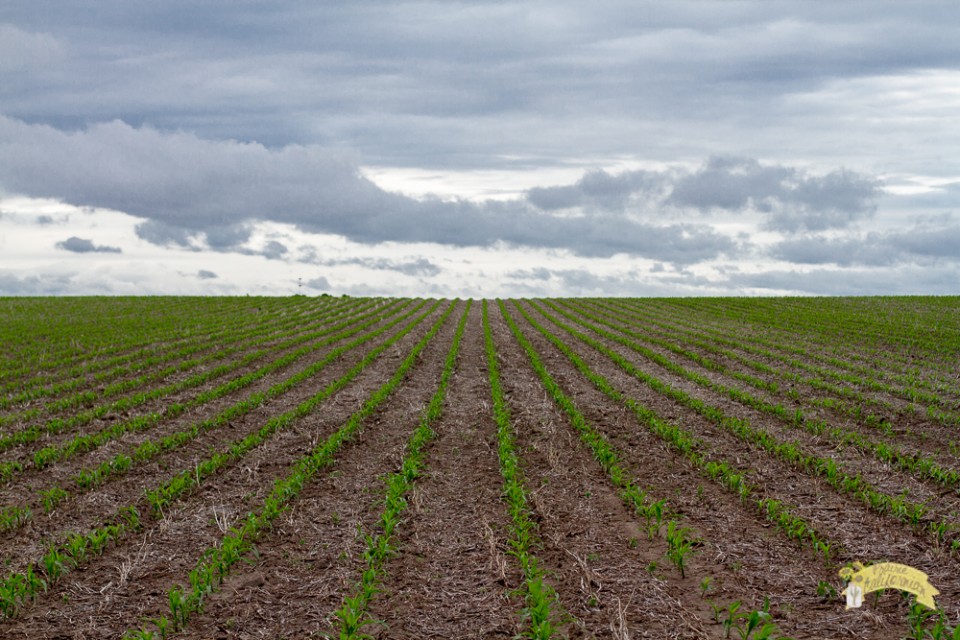
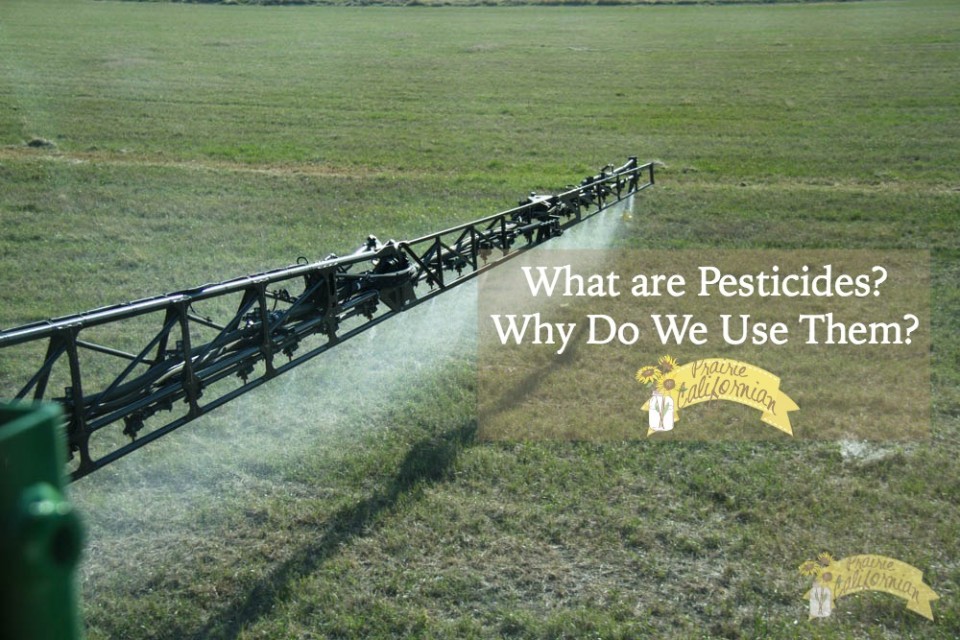

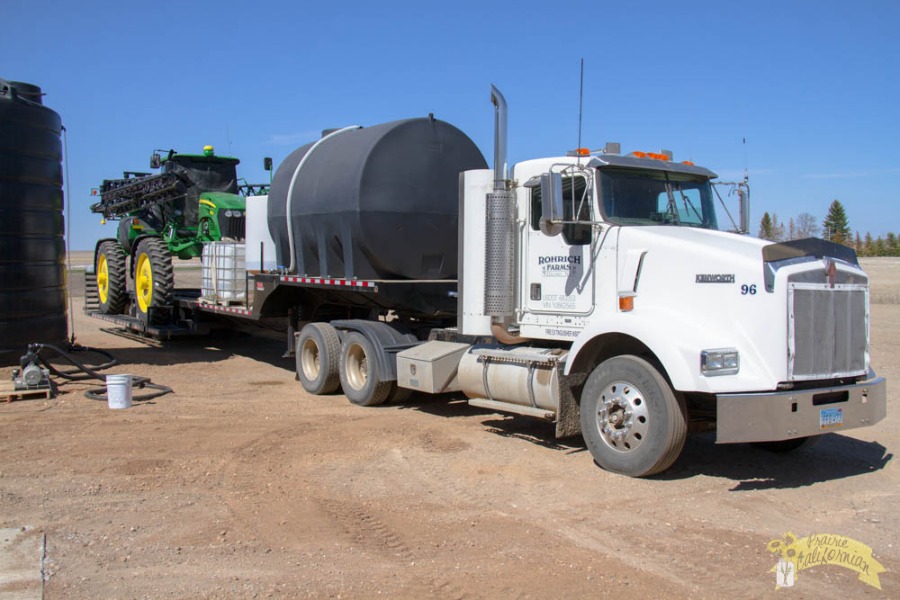
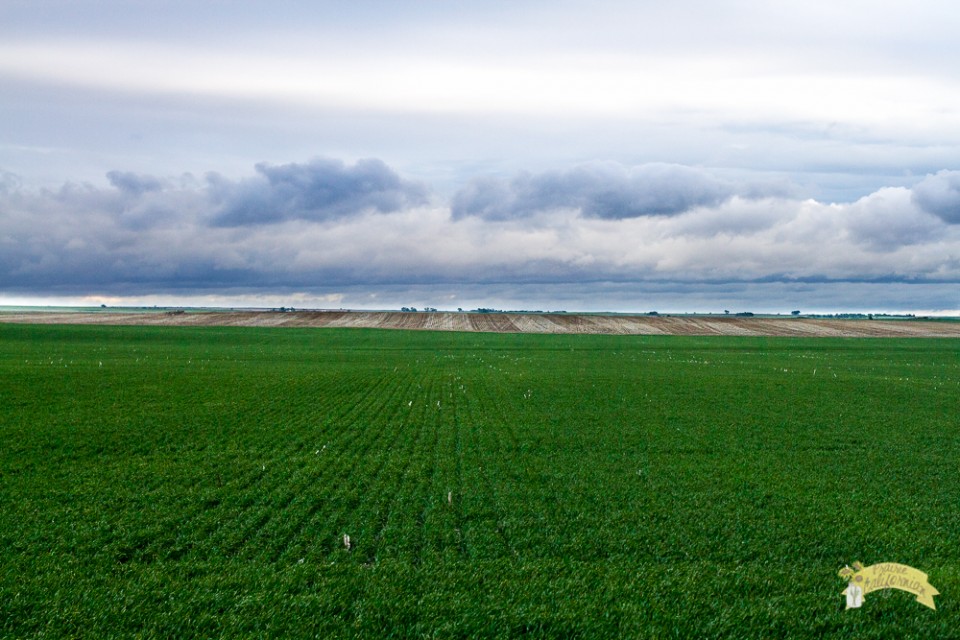
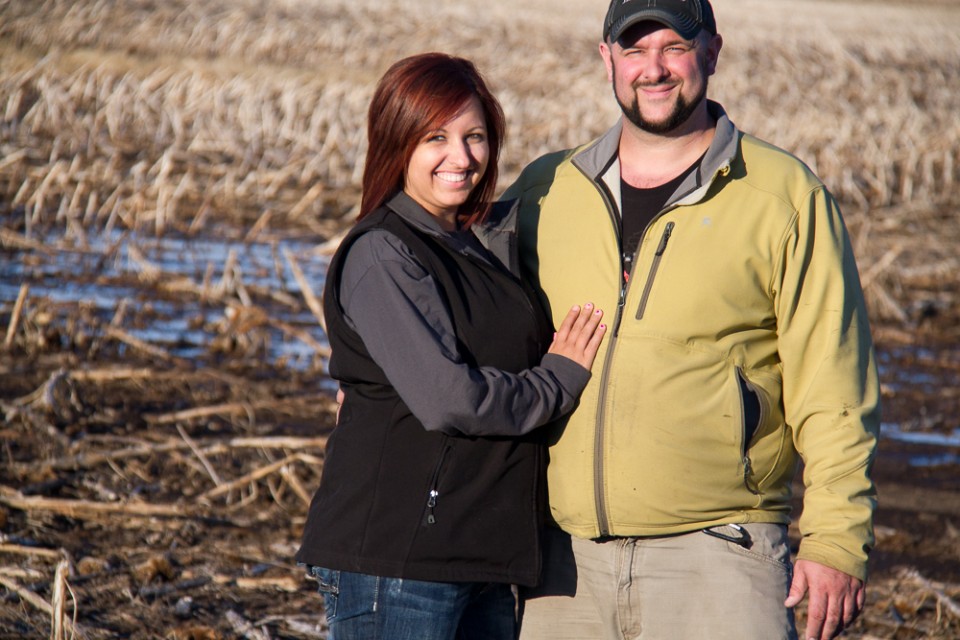
just am wondering here if you could have married into a family that I am related to ….my dad had step brothers w/last name of Rohrich….from Linton, ND —
Author
My husband’s family is from the Zeeland area.
Great post, Jen! I’m so greatful you have taken the time to write about this.
When you talk about the use of pesticides and growing, I sell a very unique product. It is called the Tower Garden. It sits in 3feet of space and is about 5 to 6 feet high. We grow out above ground veggies with no dirt , just water and nutrients.
We live in sunny California, although I grew up in the state of North Dakota and really miss it. Here in California we have a terrible drought at this time so growing in the tower just makes sense. Check out my website. It is a healthy product and it is put out by Juice Plus. I have tomatoes, lettuce, 3kinds of squash, and cucumbers to name just a few. I have 2 towers and can plant 40 different items. It is wonderful to walk out on the deck and pick the veggies you want for dinner and fix them with out running to the store.
I Love my towers
This is a great post and extremely informative. So glad you broke it down so that we could all understand what each type is and does. 🙂 You should get this post published!
Author
Thanks so much!!
You did a great job covering this topic! As the daughter of a farmer, I’ve been around this terminology all of my life – but I know many people who would benefit from reading this post.
Nice work!
Author
Thank you so much! It wasn’t easy to take something so complex and regurgitate it into easily understood concepts so I appreciate that!
This is a real informative post about pesticides. And i agree that it can be a really hot topic to thread on since it concerns usage of chemical and a lot of science is involved. But thank you for writing your take on these topic.
Great blog on pesticides! I’ve been in the commercial and residential pest control industry for 10 years now in Arizona. I enjoyed reading this.
Author
Thank you so much!
This was a really informative post. I learned a lot. I didn’t realize that so many factors went into choosing the chemicals that you use. There is so much to learn about this subject. I would love to spend some more time investigating it. Thank you for sharing.
It involves a lot of science, from what is pesticide, up to the chemicals we use and different kinds of pests. Great article! Each topics are well-elaborated! Thank you for sharing this to us, Jenny!
I didn’t realize how complex pesticides are. I always categorized them in my mind as one thing that helped keep the bugs away. Have some pesticides also helped control weeds from growing?
Author
Hi Sara,
Yes anything dealing with weeds is called an herbicide. Herbicides work in several different methods of action from actually killing the plant on contact to hindering the plant from photosynthesizing.
Brilliant post! I was really interested in knowing more about the pesticides and their use. The topic is very broad, but I definitely learned what I needed to! I started to work as a gardener (http://landscapingserviceslondoncom) and at the same time became a part of a public permaculture gardening project. I realize that having a garden without using any chemicals is really impossible as the diseases and the insects will not let the plant develop. Thank you for sharing this information! 🙂
Wow – I had no idea that there were so many options for protecting your crops! I wish pests and weeds weren’t so persistent. I tried to make a garden this summer without using any weed or insect control, and it completely failed. Next summer I’ll have to really try hard to make my garden a success.
Very informative post Jenny! Pesticides are such intricate matter and I strongly agree that one should be responsible and knowledgeable enough to be using it. Thank you for sharing this article!
Author
Thank you so much!
You’re right about the need for respectful dialogue. Despite differing opinions, people should raise the level of conversation to one in which every view can be safely shared.